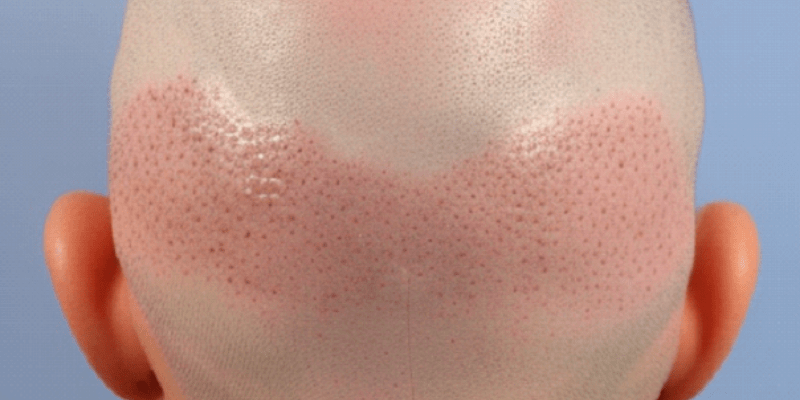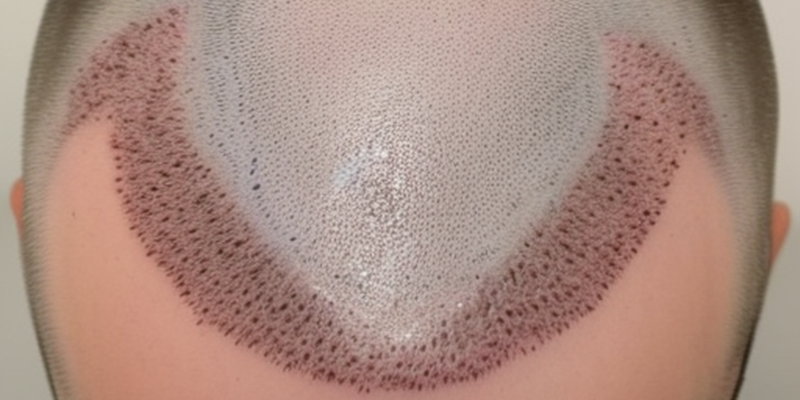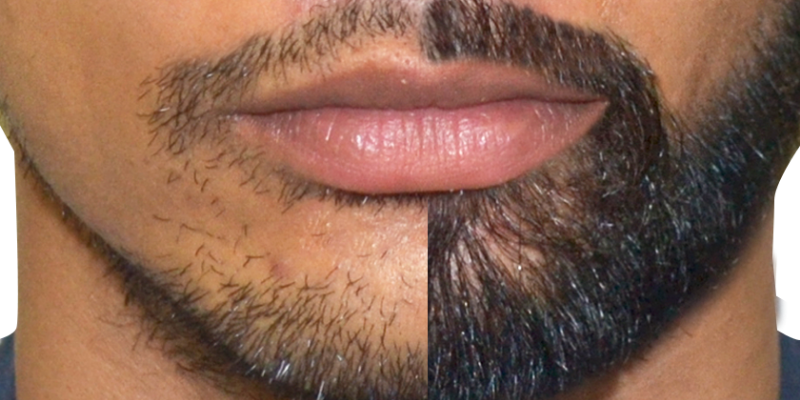Transplant Surgery Procedure
Many questions are asked about the Beard Transplant topic. Because some people think that the possible appearance after a beard transplant will affect their aesthetics and beauty. This feeling inevitably brings anxiety to the patient. In this case, the patient wants to foresee possible outcomes and wants to transplant a small amount of root into some local area. In this case, we do a small amount of seeding in a localized area, and after a while. The patient realizes that the sown area is not exaggerated, and the rest of the seeding is more comfortable. The beard and chin area are more densely planted on the opposite side of the beard. And chin area, and less planted in the background beard area. As soon as the roots are removed from the neck or body, they are immediately planted in the identified planting area without waiting.
Today, I am using the FUE method developed for my patient for a beard transplant. At the meeting with the patient, we ask about the patient’s expectations and the number of transplants. And mark the part to be transplanted with the patient. After these procedures and after agreeing to a transplant, my patients are advised to have a light breakfast in October. From time to time, patients think that this surgery will be performed under general anesthesia and will be hungry. This causes weakness and malaise in the patient and reduces the comfort of the patient during surgery. In surgery, the roots of the nape are collected one by one by the micro punch method and separated into individual roots in a sterile condition. Immediately thereafter, sowing is performed by giving the planted area a skin angle of 20-25 degrees with a 0.7 mm needle to minimize root ischemic time.
Beard Transplant
In this way, natural planting is done and no traces are left in the planting area. The roots obtained for the beard transplant are not just taken from the back of the head. Sometimes, if necessary, it can be taken from the area under the chin, and these roots can be transferred to places such as the beard-sauce area, if necessary. The beard is also transplanted to mask the scar tissue. Another best method of treating large scarring beards is beard transplantation. If the patient does not work in a job requiring frequent shaving, the result is cosmetically acceptable with a slightly sloppy beard. This is a good alternative treatment for patients who do not want surgery. Or who do not accept the possible adverse effects of the operation. Beard transplants are also carried out to eliminate the loss of beard due to burns and to mask bad scar tissue.
However, the quality of burn skin is poor and thus has negative effects such as difficulty in implantation and reduced graft success. Despite these negative effects, a beard transplant is one of the best treatments. Also, the hair follicles we receive in planting do not wait all the time, planting is done immediately. For this reason, the chances of success are greatly increased since ischemia of the hair follicle is kept to a minimum. From these stages, it is easy to see that beard transplantation is not much different from flocking. The point to consider here is that hair follicles taken from the donor area are preserved and transferred to the area to be planted with techniques that provide the best possible survival. Apart from that, mustache transplants are considered in the same category as beard transplants. In this context, the mustache and beard transplant procedures are similar.
Rapid Regeneration and Healing of Beards
As with all aesthetic procedures, beard transplantation should be considered with its strengths and weaknesses in mind. This article will transparently explain these strengths and weaknesses and assist you in the selection and decision-making stages. During the beard transplantation, you can plant the beard as you wish.If you’re dreaming of a Western-style beard, you can draw it that way, and if you’re dreaming of a beard with sharp lines, tell your doctor about it and you can create your own style. The beard and mustache are actually two elements that complete male aesthetics. Studies show that many women find bearded men more attractive. Therefore, there are considerable advantages here. Using technology developed by the hopital team and gold-tip needles, whiskers can be transplanted with a sapphire transdermal method that minimizes tissue damage.
After transplanting the beard, apply gold cream in the same way as flocking. Research has shown that the use of this cream accelerates tissue regeneration. Of course, you need to wonder if the shave will change after a beard transplant. Yes, there are no obstacles to shaving. You can continue to shave as you like, taking into account the doctor’s time after surgery. It is convenient to think about this issue for a while. In short, we will be able to be more transparent and more effective in your choice, we believe this. unseen, but not to shave the transplant pills from the right part of the body and transplant to the untouched part. Therefore, you have to sacrifice the strong hair of this area. Don’t worry, we will collect it very cheap, so it’s not clear. the production area can be cut with a cabbage from.
Different Type Of Beard Transplant Operation
The end of the first month. from one month, you can shave with a cabbage if necessary. At least six months of planted cabbage, don’t shave with the machine. after flowing. Your cabbage will continue to grow in a way that is more blue. And you want to be able to make it a better experience. Also you can also contribute to the richer and richer process of this process. Therefore, you should pay attention to the following criteria in your choice of clinic. The beard part is one of the areas that men care about on the face, and it is also one of the areas where hair loss occurs over time. Aside from time, sometimes people are not born frequently and not at the desired level.
Start Your Hair Transplant Turkey Process!

The hair transplant Turkey process typically begins with a consultation at the clinic to determine if the patient is a suitable candidate for this type of procedure. During the consultation, the doctor will examine the patient’s scalp and discuss their expectations and goals. The patient’s health history will be reviewed and discussed in detail as well. Once all questions are answered, a plan is tailored to meet each patient’s needs and expectations.

After this, an appointment is scheduled for hair implant surgery where donor hair follicles are harvested from other parts of the body, such as the back of the head or beard, before being implanted into areas of thinning or baldness. The hair transplantation procedure takes four to six hours, depending on how many grafts need to be planted. The final stage involves post-operative care, such as protecting the transplanted area from direct sunlight and keeping it clean and well moisturized to promote healing. Patients can expect a full recovery and visible results in approximately three months following surgery at best. Hair transplant Turkey also offers complimentary aftercare services that are tailored towards every individual’s unique needs hair transplant Turkey process.


